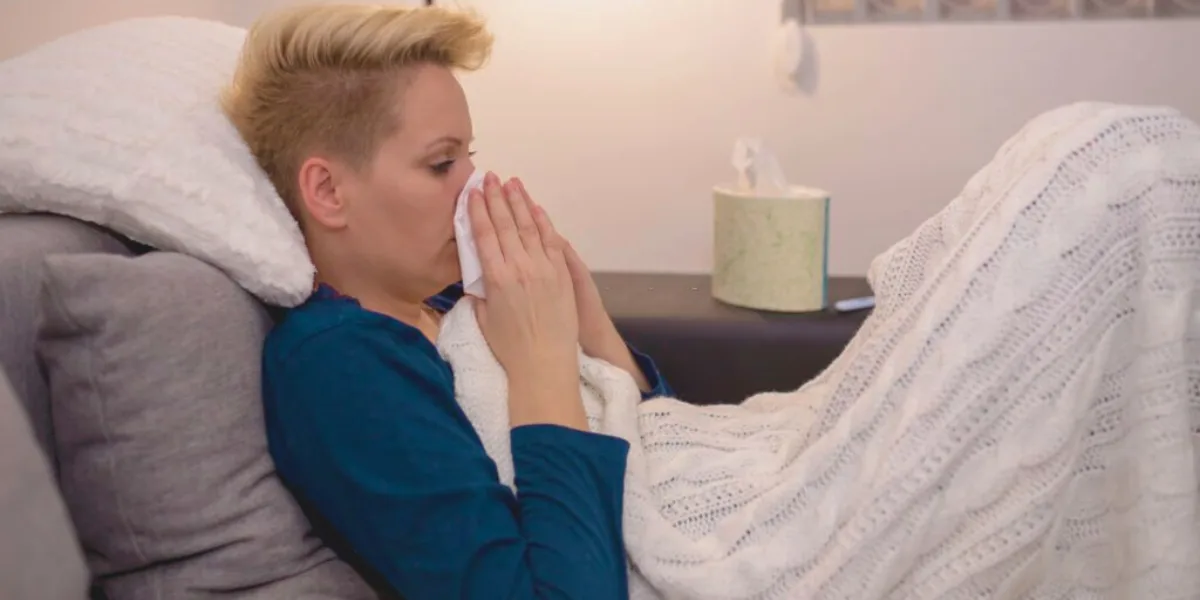Mold poisoning is a condition resulting from exposure to molds and their toxic byproducts. Many types of molds can cause harm to people. This includes Stachybotrys, Aspergillus, Penicillium, and Alternaria. The byproducts left behind by molds are known as mycotoxin which can enter your body through inhalation, skin contact, and ingestion.
Causes Of Mold Poisoning

The causes of molding poisoning include:
- Environmental factors – High humidity, water damage, and poor ventilation could be the reason why mold grows inside the house. They need a moist environment to thrive which means humidity is ideal for them. Leaking roofs, plumbing issues and flooding can be easily colonized by molds. If your house doesn’t get proper ventilation, chances are it is a breeding ground for molds.
- Building conditions – The condition of the building you live in can also determine its potency towards mold infestation. Damp or water-logged buildings are infested profusely and can penetrate materials like wood, drywall, and insulation if they are moist. You could be living in molds but never even realize it as they are elusive and remain hidden in the hard-to-reach places of a building.
- Occupations with high risk – Certain occupations pose a higher risk of exposure and poisoning. Workers in the fields of construction, agriculture, and water damage restoration are known to work closely with the molds on a day-to-day basis. This makes them highly susceptible to mold poisoning.
Symptoms Of Mold Poisoning
Mold poisoning could manifest in a myriad ways. The symptoms could lead to acute or chronic conditions. It includes-
- Respiratory symptoms- Mold spores when inhaled can trigger a range of respiratory problems. Therefore individuals exposed to mold toxins could have symptoms of coughing, frequent sneezing, wheezing, shortness of breath, and congestion. People often mistake it for common allergies but prolonged exposure could exacerbate the condition beyond repair.
- Neurological symptoms – Mold toxins attack the central nervous system leading to neurological symptoms. Individuals may suffer from recurrent headaches and typical pain centers. Fatigue could be debilitating, making daily chores challenging. This could give rise to memory problems, difficulty in concentration, and mood swings which could hinder cognitive function and emotional well-being.
- Digestive symptoms – Symptoms troubling your digestive system could also pop up. Nausea, vomiting, and diarrhea could be recurring. Cramps and abdominal pain would be a regular phenomenon. This could show up if we ingest the toxins or inhale them.
- Skin symptoms – An itchy red rash could develop at the point of contact. Skin irritation and dermatitis also seem to be accompanying them.
- Muscular symptoms – Muscle aches, joint pain, and muscle weakness could affect one’s mobility and restrict their physical movement.
- Vision and Eye symptoms – Red watery eyes, blurred vision, and increased sensitivity to light are not uncommon after mold exposure.
- Cardiovascular symptoms – Arrhythmia, high blood pressure, and chest pain cannot be ignored either.
- Other general symptoms – Increased thirst, fever, night sweats, weight loss, and frequent urination could all be symptoms of this condition.
Ignoring the symptoms could have adverse effects on your health. Firstly it could completely take over the quality of life by hindering your work and social setting. Respiratory and cardiac events could be frequent stories and this might leave you fatigued.
Secondly, if these conditions are not cured immediately they could develop into asthma or bronchitis which is a life-long ailment with no cure. Thirdly, you could expose yourself to unnecessary complications and even lead to secondary infections.
Lastly, it could destroy your immune system completely which could make it difficult to fight off any other allergies as well.
How To Prevent Molding?
You could take some serious steps toward preventing your house from getting infested by molds. Primarily, you can maintain indoor hygiene by keeping it dry and clean. Secondarily, provide proper ventilation and make sure there is no water leakage. Additionally, you should always check for mold infections regularly. Moreover, when building a structure you could look for mold-resistant materials and avert a huge calamity.
Related: How To Prevent Diarrhea After Drinking Alcohol? Preventive Measures
Conclusion
Recognizing the symptoms of mold poisoning is taking the first step toward its treatment. When dealing with mold-contaminated environments you should always follow care and wear protection kits. In case, you identify any symptoms, we suggest you visit your nearest healthcare clinic to prevent further damage.